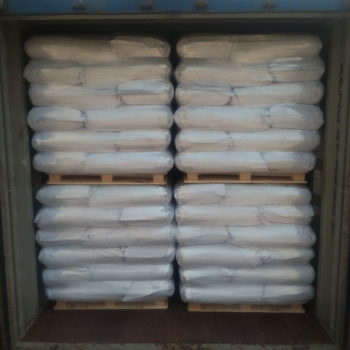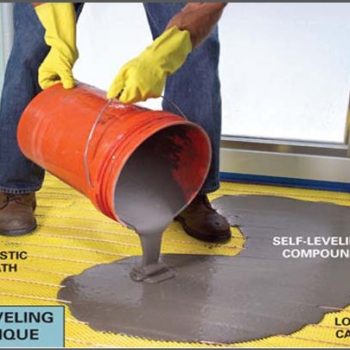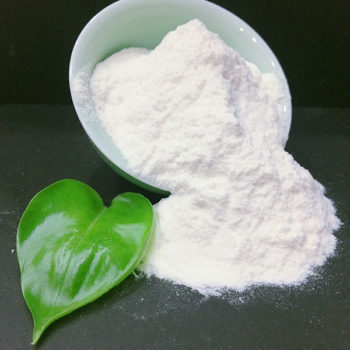
In dry mortar, the addition of cellulose ether is very low, but it can significantly improve the performance of wet mortar, which is a major additive that affects the performance of mortar construction.
The cellulose ether is mainly made of natural fiber, and is processed by alkali dissolution, graft reaction(etherification), water washing, drying, grinding and so on. As the main raw material, natural fiber can be divided into cotton fiber, cedar fiber, beech fiber and etc.
Their degree of polymerization will affect the final viscosity of their products. At present, the main cellulose manufacturers all use cotton fiber(the by-product of nitrocellulose) as the main raw material.
Cellulose ether can be classified into ionic and nonionic types. The ionic type mainly includes carboxymethyl cellulose salt, and the nonionic type mainly includes methylcellulose, methyl hydroxyethyl (propyl) cellulose, hydroxyethyl cellulose and so on.
the classification of cellulose ether
In dry mortar, since ionic cellulose (carboxymethyl cellulose salt) is unstable in the presence of calcium ions, it is rarely used in dry powder products in which cement, slaked lime used as a cement material. In some places of China, some indoor putty that made of modified starch as the main cementing material and double flying powder as a filler, carboxymethyl cellulose salt is used as thickener.
This product is prone to mildew and is not resistant to water, so it is now being phased out. Hydroxyethyl cellulose is also used in some dry powder products, but it has a very small market share, and will not be described in detail here. Now, the cellulose ether used in dry mortar are mainly methyl hydroxyethyl cellulose ether(MHEC) and methyl hydroxypropyl cellulose ether(MHPC), which account for more than 90% of the market share, and the proportion of real methyl cellulose ether is very low. The article refers to methyl cellulose ether, mainly about MHEC and MHPC.



